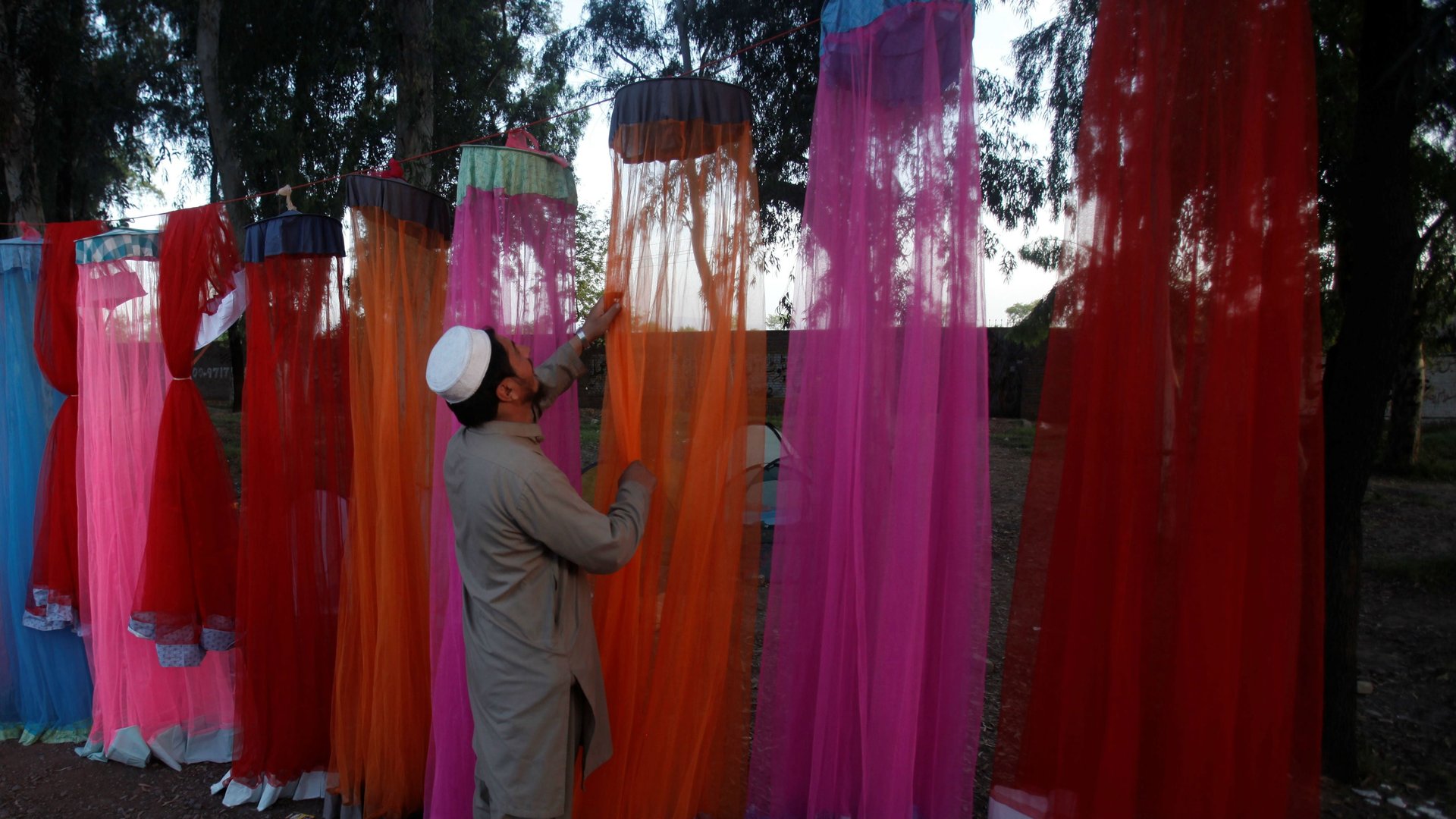It took decades of research, but the world’s first malaria vaccine is finally ready for showtime
Malaria has been a problem for humans for over 2,000 years, and still kills in high numbers; 429,000 people—most of them children—died from the mosquito-borne disease in 2015. Fortunately, scientists finally have a vaccine that’s ready to be deployed.


Malaria has been a problem for humans for over 2,000 years, and still kills in high numbers; 429,000 people—most of them children—died from the mosquito-borne disease in 2015. Fortunately, scientists finally have a vaccine that’s ready to be deployed.
In a statement on April 24, the World Health Organization (WHO) announced it would be launching a new program to vaccinate toddlers against malaria in Ghana, Kenya, and Malawi in 2018. Roughly half of a group of 750,000 children will receive the malaria vaccine in addition to all the standard immunizations. These three countries experience some of the world’s highest rates of childhood mortalities from malaria, even when many people use mosquito nets and have access to strong malaria-treatment programs.
The vaccine, called RTS,S, is a series of four shots manufactured by the British pharmaceutical company GlaxoKlineSmith. It took 30 years to develop, with funding from the Bill and Melinda Gates Foundation and the PATH Malaria Vaccine Initiative.
The vaccine doesn’t provide perfect protection: In the most recent clinical trial that ended in 2015, it was only stopped about 30% of malaria cases in infants, and 40% in toddlers. But that might be best we can do, given the unique challenges of fighting the pathogens that cause malaria.
Vaccines work by training the immune system to recognize a pathogen a stop it before it causes illness. Malaria is spread through parasites, members of the Plasmodium family, which are carried around by mosquitos. Once they’re in our blood stream, these parasites are really sneaky. “It changes its appearance at each step of the infectious process in the body,” Simon Draper, an immunologist at Oxford University, said in a press statement. Because plasmodium parasites constantly shape-shift—and are difficult to grow in a lab—it’s been really difficult to develop a vaccine that effectively mimics an actual infection.
But even with low success rates of RTS,S, the WHO is confident that the vaccine will reduce the annual number of malaria deaths by tens of thousands. WHO, GSK, and nonprofits including the Global Fund to Fight AIDS, Tuberculosis, and Malaria are covering the $49.2 million it will cost to distribute these vaccines through 2020.
Update May 1: This article has been to reflect the number of children who will receive vaccines.